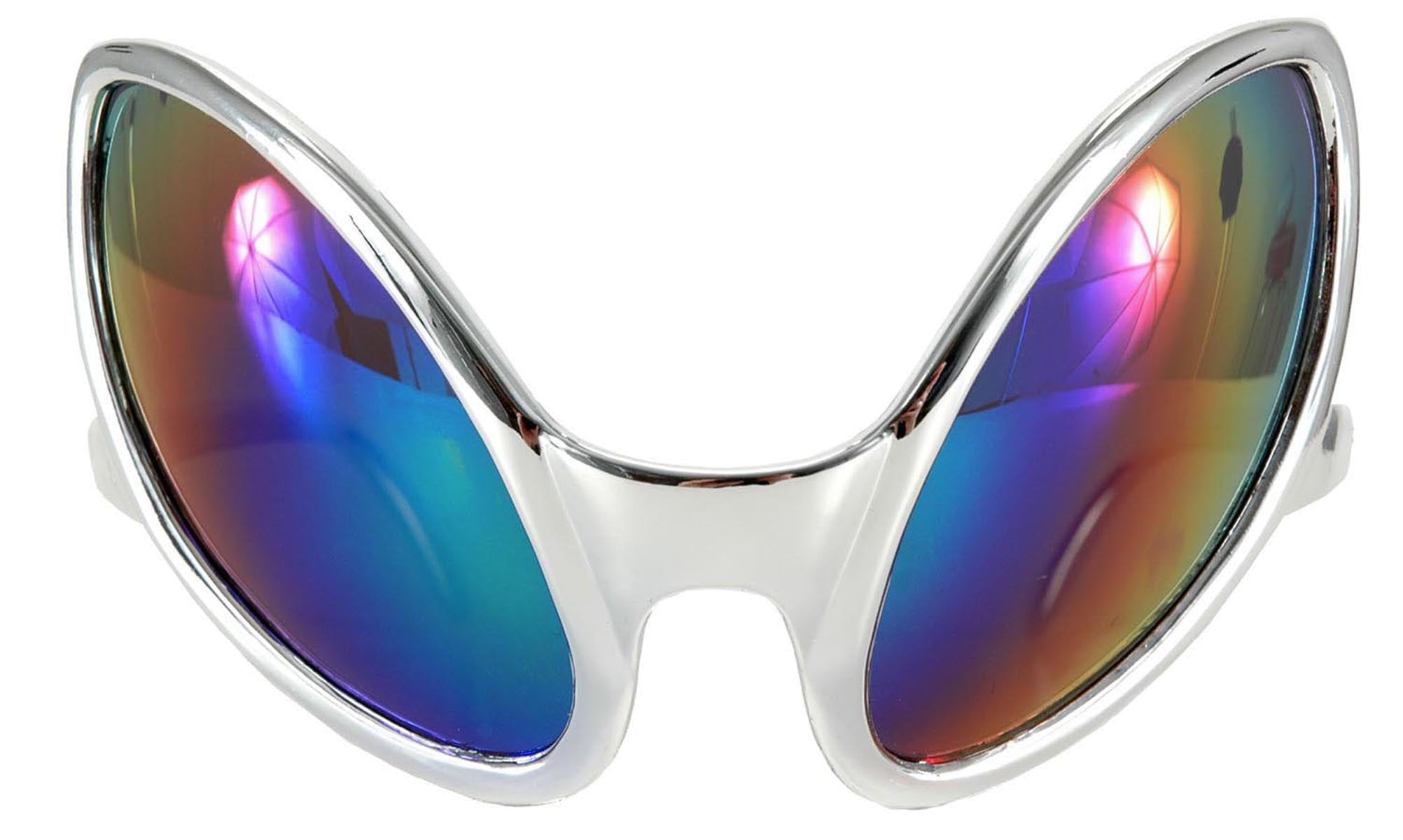
Remember, you know your body best, so if you think something is “off” with your prescription glasses it’s always best to seek advice from a qualified optometrist.

Most people find that it can take anywhere from 5 minutes to a few days to adjust to their new prescription glasses. Until you adjust to your new prescription glasses, it might appear that your new glasses don’t correct your vision as well as your old pair. How long does it take to adjust to new glasses? If you scheduled your eye exam after work, when your eyes are tired and strained, it could skew the results of the exam. Errors can occur during your eye examination, where the optometrist interpretes your answers about what you can and can’t see. The biggest potential problem is a faulty prescription, because your eyes will not adjust to your new glasses. Changing from larger frames to smaller frames can affect lens thickness and your peripheral vision. Changing to wrap-around frames can alter the curve of the glass. It can also take some time to adjust to different glasses frames. It is common for your eyes and brain to take some time to adjust to your new prescription glasses, especially if it’s your first pair of glasses or if it’s been a while since your prescription was updated. What could be wrong with your prescription glasses ? The number under the ‘OD’ and ‘OS’ measurement in your prescription is measured in diopters.If something seems off with your new prescription glasses, how can you tell whether you just need time to adjust to them or if the prescription is wrong? In this post, we outline how long it takes to adjust to new glasses and signs that your prescription glasses are wrong. What is a diopter count?ĭiopter is the measurement used for the strength of eyeglass lenses. Is astigmatism hereditary?Īstigmatism is often present at birth, but it can develop, or become more severe, as you get older. It usually occurs along with near or farsightedness. This stops light from focusing properly on your retina and makes your vision blurry. If you have an astigmatism, indicated by an “axis” and “cylinder” number on your prescription, it means that the front of your eye is irregularly shaped. A number over 5 is generally considered to be on the stronger side.

ONE EYE SPECTACLE PLUS
A number with a minus symbol before it means you are nearsighted, and a number with a plus symbol, or no symbol, means you are farsighted. The higher the number on your prescription, the stronger your prescription is.

The number under the ‘add’ column tells us the 2nd lens prescription needed for multifocal lenses. What does ‘add’ mean on an eye prescription?

Your prescription may have a ‘base’ column, or it may be included in the same column as ‘prism’ this gives further information about the required prism correction, telling us the orientation needed in the lens. What does ‘base’ mean on an eye prescription? The number under ‘cylinder’ provides the lens power needed to correct the astigmatism. The number marked ‘axis’ describes the orientation of astigmatism. ‘Sphere’ is basically a measure of how strong your prescription needs to be. What does Sphere, Cylinder and Axis mean? In the context of an eye prescription, ‘OD’ means ‘right eye’ and ‘OS’ means ‘left eye. ‘OD’ and ‘OS’ are abbreviations of the Latin words ‘oculus dexter’ and ‘oculus sinister’, respectively.


 0 kommentar(er)
0 kommentar(er)
